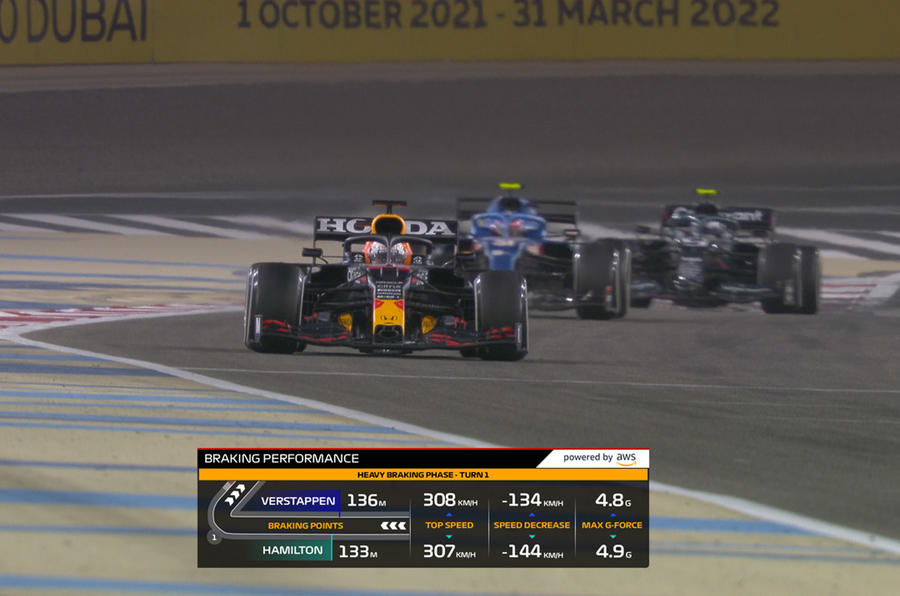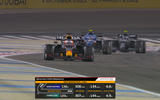Formula 1 is a sport awash with data, but it can all be a bit distancing for the average fan. How can you make sense of the millions of tiny nuggets of info being generated by a car hurtling past at 200mph?
Well, Amazon can. Or at least Amazon Web Services (AWS), which has for the past two years partnered with Formula 1 itself to analyse the cars in real time, and to turn all that bewildering data into facts, or at least predictions, that can actually bring F1 fans a little closer to the sport.
Rob Smedley is these days Formula 1’s director of data systems, but you’ll be more familiar with him as the voice in Felipe Massa’s ear during the Brazilian driver’s long career at Ferrari. Smedley is effectively a gamekeeper turned data poacher and has convinced the F1 team bosses to share live telemetry data with Amazon, which is combined with GPS tracking and other outside information so that, through a convoluted but millisecond-fast system of cloud computing and ‘machine-learning’ computers, AWS can – with genuine accuracy – predict when one driver might be close enough to another for a wheel-to-wheel battle to begin.
Given that Smedley would once have tried to keep that very data close to his own chest, it’s surprising to hear that the current F1 bosses were actually happy to share. “The teams are clever enough, and switched on enough, to realise that although they are giving something away, the net effect of what happens for F1 as a whole is much bigger,” Smedley tells Autocar.

According to Smedley, great care is taken to ensure both that the data can’t be mined by teams looking to more closely compare their car with a rival’s, and that the on-screen graphics are actually what the fans want, rather than just a blizzard of numbers. He says: “There’s a balance you need to strike, between pushing lots of data – which maybe myself and 10 other people in the world might be interested in – and giving the fans information that draws them in. We’ve been listening very carefully to the fans on this, to see what it is they want.”










Join the debate
Add your comment
So what we are now foing to get is the scientific evidence behind statements like “Fernando is faster than you”.
This is definitely not an advert for Amazon, repeat definitely not and Amazon advert.